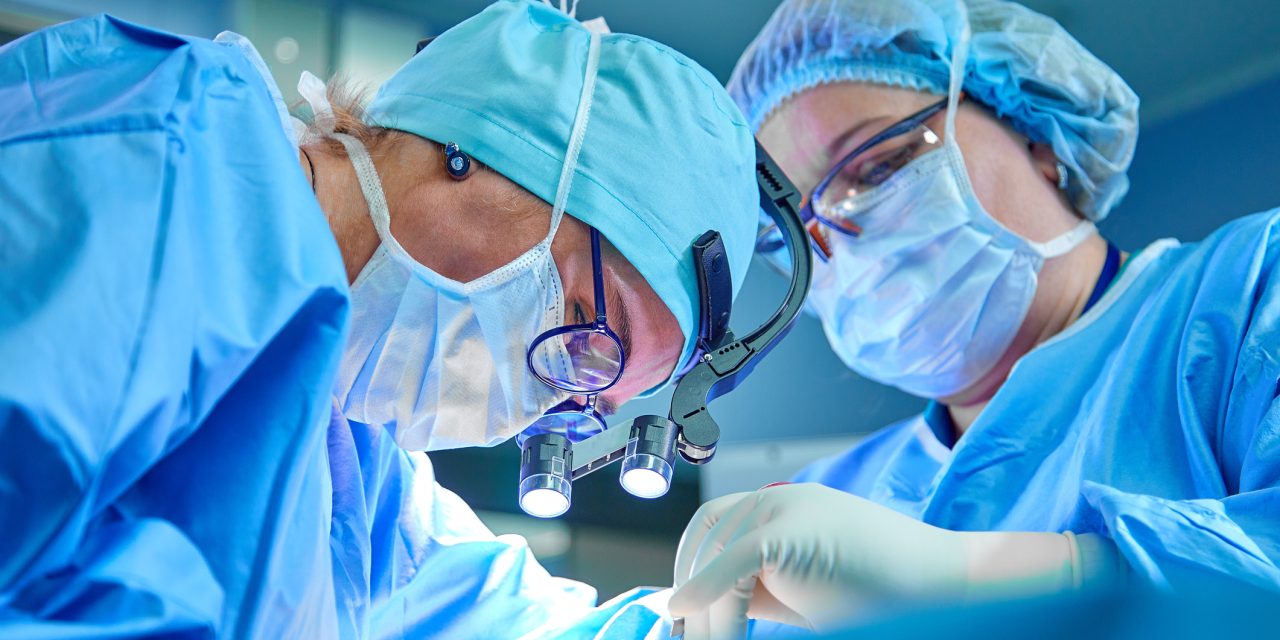Rotator cuff tears are one of the most common shoulder diseases. Arthroscopic procedures and natural supplementation have been developed to improve the rate and quality of healing. Through microfracture treatment of the footprint, the crimson duvet procedure (CDP) supposedly generates mesenchymal stem cells (MSCs). This study aimed to see how the CDP affected individuals who had arthroscopic surgery for full rotator cuff restoration. A prospective randomized clinical trial was conducted on 123 patients, 59 women, and 64 males, with an average age of 58 years. Patients with a clinical and radiological diagnosis of a total rotator cuff tear were included in the study. All patients underwent arthroscopic rotator cuff repair. The surface of the footprint was débrided in group I, and microfractures in group II. The primary outcome was the nonhealing rate, as measured by magnetic resonance imaging (MRI) or ultrasound (US), while the secondary outcome was the functional outcome. Healing was thought to have a Sugaya classification of I to III. Researchers examined 20,28 The ASES and Constant ratings and the range of motion for therapeutic purposes. Investigators completed the functional evaluation before surgery six months and one year later. At 6 months, a radiological (MRI or ultrasound) assessment was done by them. They did not disclose the random selection to the patients or the radiologists and physical therapists who performed the postoperative evaluations.
Without statistical significance (p=0.19), the study group found a healing rate of 85.11% in the control group and 93.7% in the CDP group. All patients showed a considerable increase in function. The ASES score increased from 68.9 (SD: 13.8) preoperatively to 92.2 at six months and 96.4 (SD: 6,2) at twelve months (p<0.05), but there was no difference between groups. The Constant score showed a similar degree of improvement. In most individuals, arthroscopic treatment of full rotator cuff injuries yields satisfactory to outstanding clinical results. Nonetheless, nonhealing happens at a rate mostly determined by the patient’s age and the extent of the rip. The inclusion of the CDP did not affect the functional results or the healing rate.
Source: www.jshoulderelbow.org/article/S1058-2746(22)00006-4/fulltext


